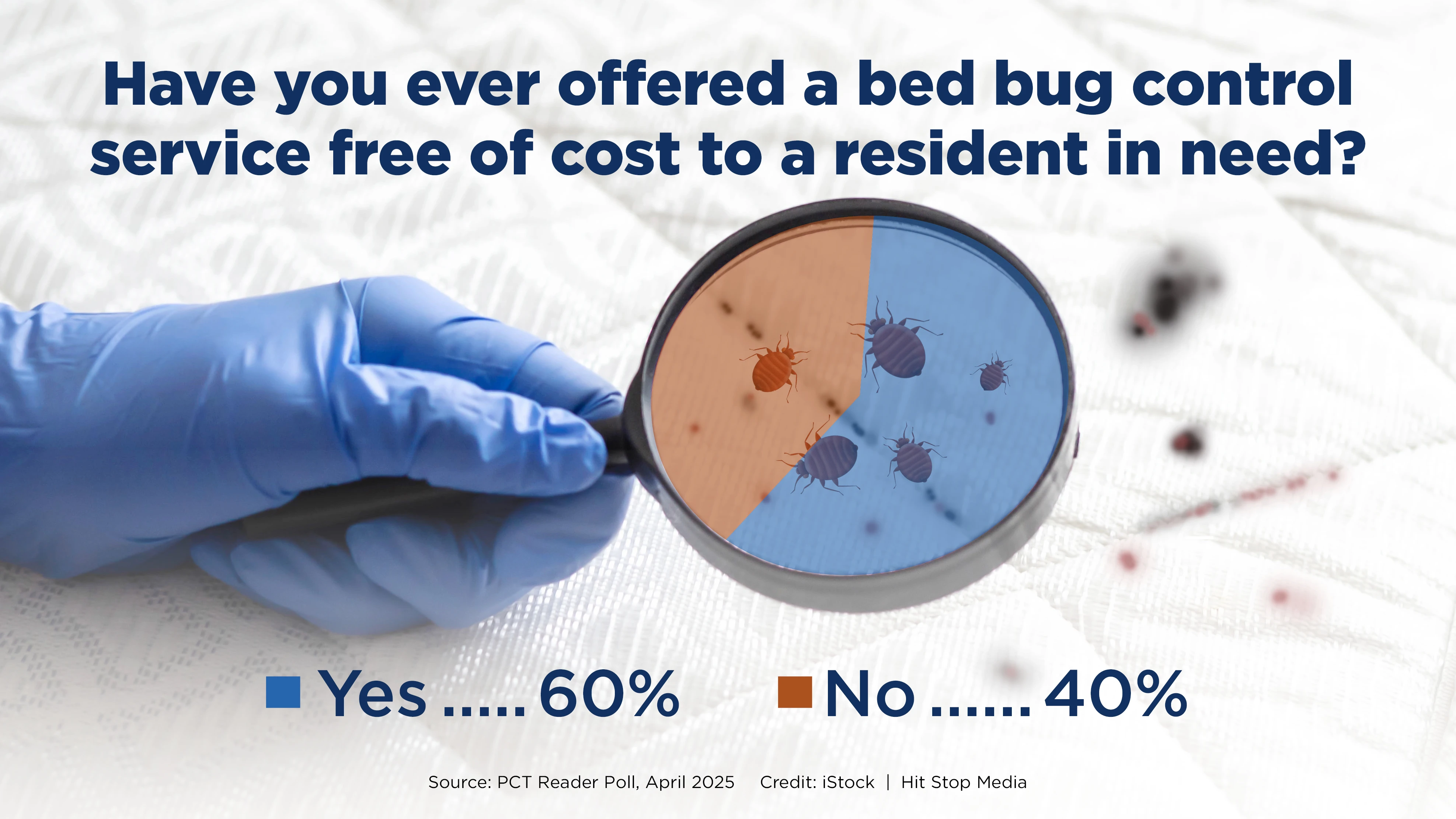In this new book devoted entirely to carpenter ants, Carpenter Ants of the United States And Canada, pest management professionals and home inspectors will find useful information applicable to management of this important pest species. Carpenter ants are found throughout the temperate climate in the northern hemisphere and are one of the most common and destructive structural pests. These ants are problems in urban, suburban and forested areas where they may cause more damage to structures than termites. Topics including ecology, morphology, taxonomy, life history, foraging, and economic importance and management are reviewed in this book.
The ecology chapter introduces the large number of ants in the Camponotus genus and restricts the discussion for the remainder of the book to species considered to be structural and nuisance pests. The relationships of carpenter ants to other invertebrates, as well as to birds and microbes, are presented. Insects, called myrecophiles, live with ants; trophobionts serve as food for carpenter ants; and parasitic relationships exist with other invertebrates such as flukes and snails.
External morphology is illustrated with numerous photos and line drawings by bio-illustrator, Janet D. Reynolds. Critical parts on the internal morphology are also included. Camponotus modoc was used extensively in the morphology chapter.
Twenty-four species of carpenter ants that are either nuisance or structural pests are covered in the taxonomy chapter. Descriptions of each species and maps to show known distributions are included, as well as four pages of color illustrations of each species.
The chapter on life history begins with the mating flight and progresses through colony development and the production of winged forms for subsequent generations. Parent and satellite nests, plus the development of initial and established colonies, are defined and illustrated.
The final chapter on economic importance covers the types of damage caused by carpenter ants. Management includes discussions on the interview, inspection, treatment and follow-up evaluation. A number of alternative treatment strategies used by the industry today is reviewed. This chapter is particularly informative for inspectors and personnel in the pest control industry and includes many photographs taken by the authors during inspections and treatment.
The book is illustrated with 52 line drawings, 94 halftones and four pages of color illustrations of the 24 species of carpenter ants found in the United States and Canada. Each chapter also has a comprehensive list of references cited.
Hansen and Klotz have dedicated the book to Roger D. Akre who died in 1994. He was a former instructor, mentor, colleague and friend to both authors.
The book was published by Comstock Publishing Associates, a division of Cornell University Press.
Order Carpenter Ants of the United States And Canada, at www.pctonline.com/store. Cost is $35 plus shipping.
About the authors: Laurel Hansen is an instructor in the department of biology at Spokane Falls Community College. John Klotz is an associate cooperative extension specialist in the department of entomology, University of California, Riverside. They both received their Ph.D. in 1985 after comprehensive work with ants. Hansen studied at Washington State University completing her dissertation on the biology of carpenter ants in Washington State. Klotz studied at the University of Kansas completing his dissertation on the topographic orientation in four species of ants. Both have continued their work with ants and have numerous publications in professional journals and trade publications.

Explore the October 2005 Issue
Check out more from this issue and find your next story to read.
Latest from Pest Control Technology
- Target Specialty Products, MGK Partner for Mosquito Webinar
- Cockroach Control and Asthma
- FORSHAW Announces Julie Fogg as Core Account Manager in Georgia, Tennessee
- Envu Introduces Two New Innovations to its Pest Management Portfolio
- Gov. Brian Kemp Proclaimed April as Pest Control Month
- Los Angeles Ranks No. 1 on Terminix's Annual List of Top Mosquito Cities
- Kwik Kill Pest Control's Neerland on PWIPM Involvement, Second-Generation PCO
- NPMA Announces Unlimited Job Postings for Members





